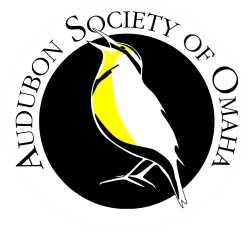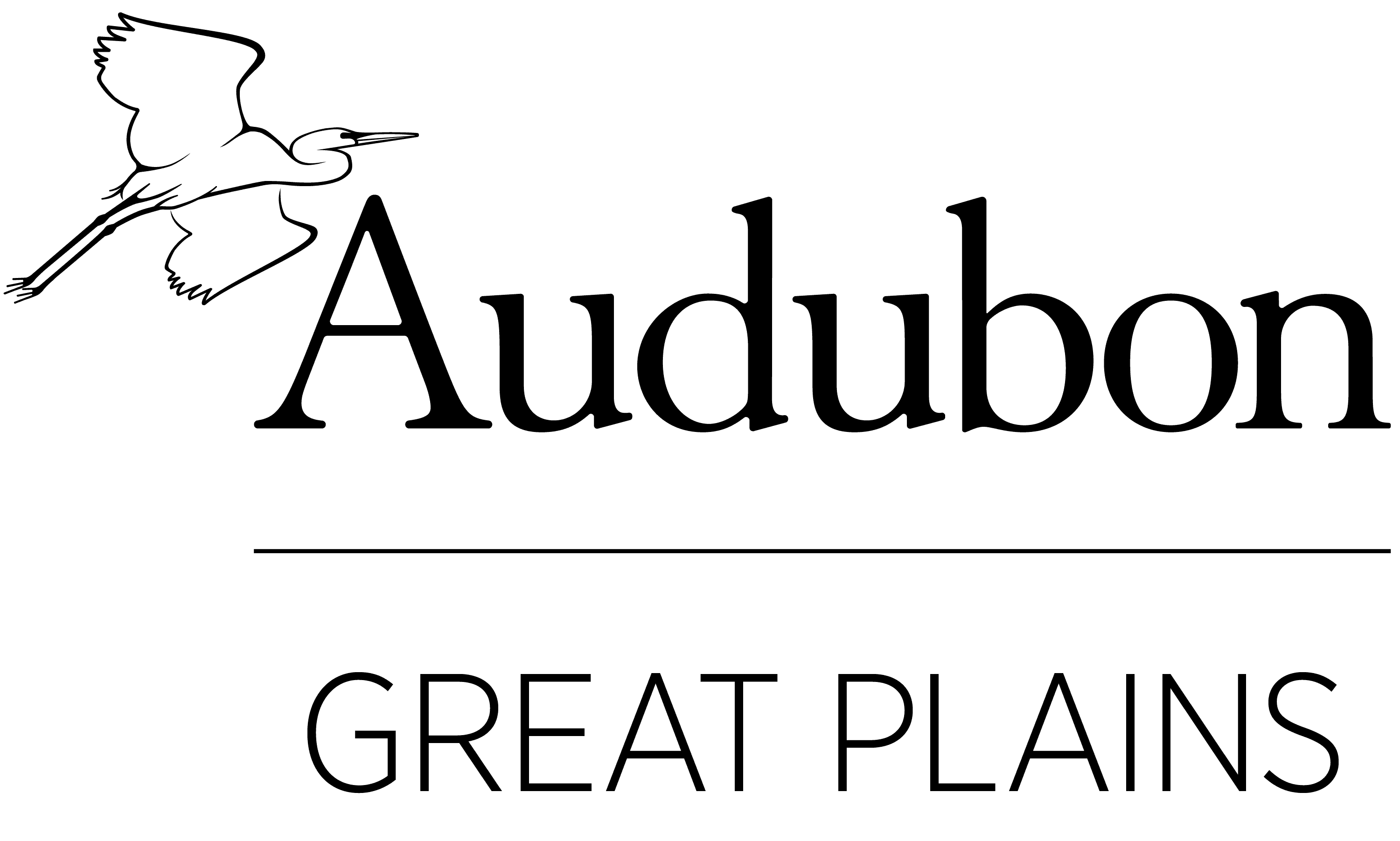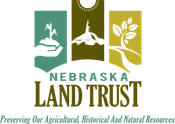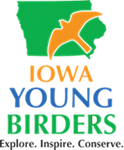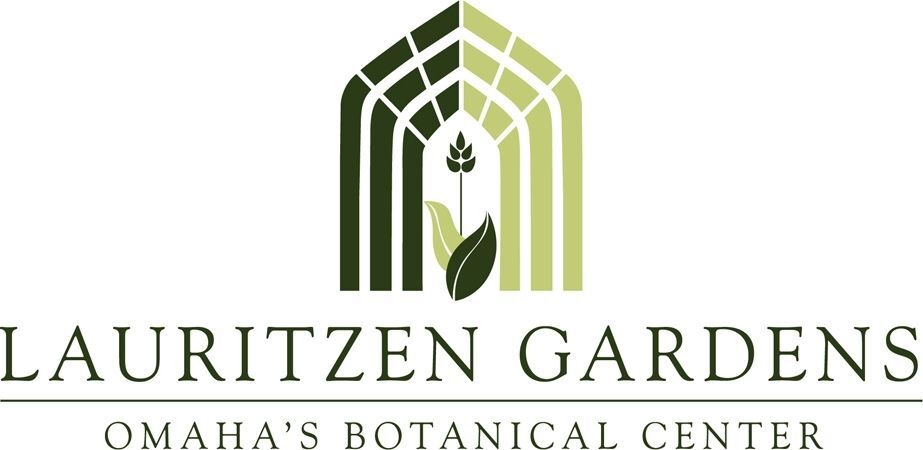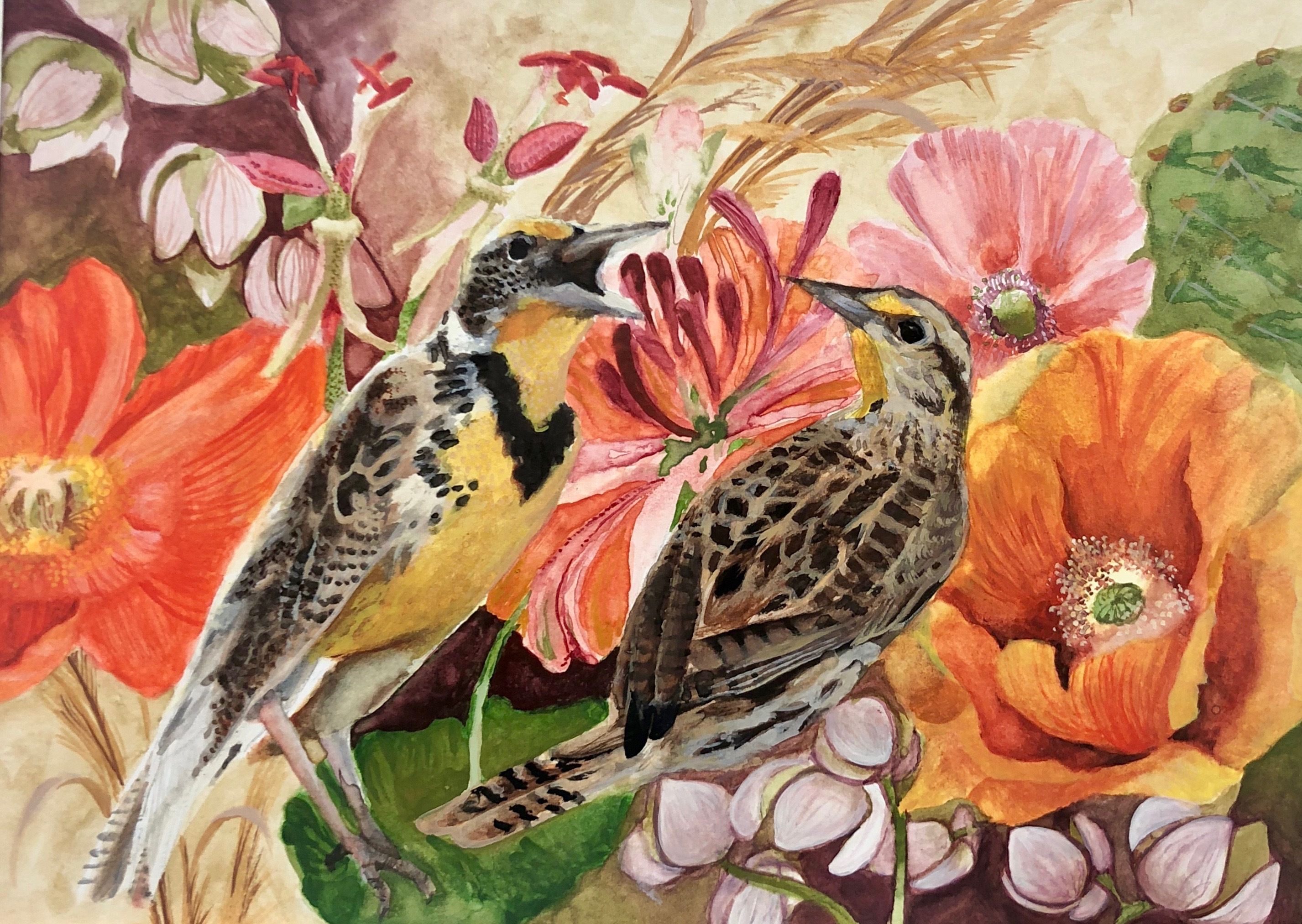
Artwork by Ella J., 12th grade, winner of the Meadowlark Award.
While fostering a new outdoor area, consider utilizing native plants. Be very sure to double-check that new additions are not listed as invasive species. Invasive species are species that are not native to an area, and are able to easily survive and spread so aggressively that they become detrimental to the native ecology and often the economy as well. In contrast, naturalized species are species not native to an area, that are able to survive and reproduce, but are successfully competed against by native species or environmental conditions, which keeps their spread in check.
A surprising number of invasive species are readily sold at garden supply centers. Many costly invaders were once marketed as “great groundcover” or “establishes quickly.” Occasionally, common invasive plants may even be mislabeled as “native.” Dame’s Rocket, is one such example. The four-petaled invasive Hesperis matronalis flower is often confused with the similarly looking five-petaled native flower, Phlox divartica. Other times, well-meaning commercial horticulturalists are so accustomed to seeing an invader that they may falsely assume it is native. Finally, several nationally sold “native” seed mix bags have been discovered to include invasive species listed among their “native pollinator” contents.
A best practice for buying a new plant or seed mix is to look each plant up by its scientific name. While several differing plants may use the same common name, a search utilizing the scientific name should get you to the exact plant of interest.
There are several great resources to help an individual determine the invasive or native status of a species, so they can be confident that their planting project is ecologically friendly. A great resource for this investigation is the USDA plant database, found at
plants.usda.gov. Paid for by your taxes, this excellent database provides copious information about a huge variety of plants. The resource details everything from a species’ native or invasive status, to its tolerance to salt and fire. One especially valuable aspect of the USDA plant database is the range map, which displays where an invasive species has spread, or the native range of where a species indigenous to the United States is known to occur. Data for many species will detail its range occurrence all the way down to the county-by-county level.
Another resource that is specific to our area is Fontenelle Forest’s Nature Search database, found at ffnaturesearch.org. While you may not find every species endemic or invasive to our area there, you will find information and images that will help you identify hundreds of native and many invasive plants.
Finally, those who are interested in a deep dive into plant identification and its range status may make good use of our state’s flora book, the second edition of “Flora of Nebraska,” by Kaul, Sutherland, and Rolfsmeier. The text asks a series of “yes” or “no” questions to lead the reader to an accurate identification. While a magnifying glass or better may be required for identifying some of the plants, the information for each plant makes it a valuable purchase without one. Provided for each species are Nebraska range maps, identification, and fascinating anecdotal information about the characteristics, history, or prevalence of each plant dating back to the mid-1800s.
Planting natives is a powerful act. By creating space for our local eco-system within the city, we maintain the authentic character of our area, while allowing our non-human brethren a place by our side. There are many great reasons to plant natives, but to name just a few:
• Native plants provide cover for extreme weather for many species, helping them get through bitter cold blizzards or scorching hot days.
• Native grasses and flowers serve as irreplaceable food staples for birds, butterflies, insects, deer, and countless other members of our community. Evolution has honed these creatures’ abilities to find and utilize these plants. Some native species even share a symbiotic relationship with one specific plant species, making the presence of both species critical for mutual survival. You can see more diversity at your bird feeder when it sits adjacent to beautiful, showy native flowers.
• The wide diversity of root depth found in the plants local to our area will provide improved soil drainage, precipitation capture and ground water recharge, and slow or prevent erosion.
• Finally, native plants in our area need much less water! In an average year, you only need to regularly water the plants during the first month of plant establishment. Once well-rooted, just an occasional sprinkling should be plenty.
Most garden centers in Omaha have at least a few native plants, but other Omaha garden centers, such as Mulhall’s, Earl May, and Cirian’s Farmers Market have robust native plant sections. In Linoln area The Nebraska Statewide Arboretum, Great Plains Nursery and Midwest Natives Nursery all focus heavily on providing mostly native plants, and are great resources for this endeavor. No source is foolproof, so always be sure to research before you let it root!
AVOID notorious NON-natives:
• Callery, Cleveland or Bradford Pear
• Amur Maple
• Amur Honeysuckle
• Burning Bush
• Vinca Vine or Periwinkle
• Plumeless, Scotch and Musk Thistle
• Common Mullein
• Houndstongue
• Birdweed
• Japanese, Giant and Bohemian
Knotweed
